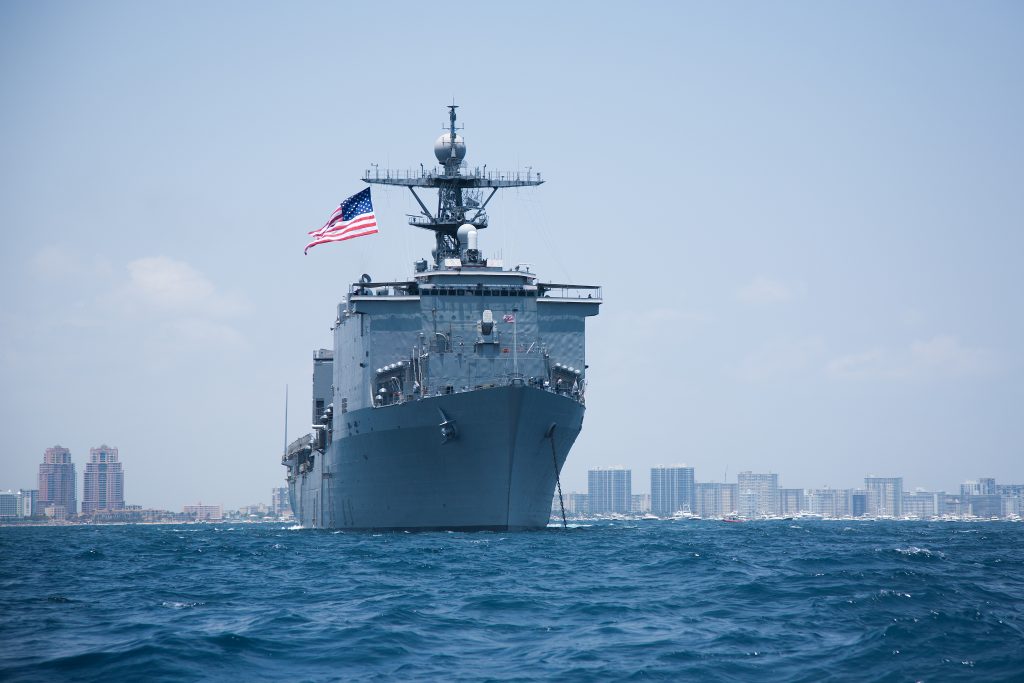Navy issues final decision for military training and readiness
Earthjustice attorney says solar training impacts ‘alarming’ on whales, other marine mammals
The U.S. Navy announced Wednesday that it has decided to implement a plan to conduct training and testing military readiness activities, including anti-submarine training, within Hawaiian and Southern California waters.
“The Navy made its decision after carefully considering the potential impacts training and testing activities may have on the human, natural and cultural environment, as well as comments from government agencies, tribal governments, Native Hawaiian organizations, and the public on the proposal and environmental analysis,” Navy officials said in an announcement.
Implementation of the Navy’s plan “will ensure the Navy accomplishes its mission to maintain, train and equip combat-ready naval forces while minimizing potential environmental impacts to the greatest extent practicable. Minimizing impacts on the marine environment from training and testing is an important goal for the Navy. In its commitment to environmental protection, the Navy will implement mitigation measures in accordance with Endangered Species Act and Marine Mammal Protection Act authorizations.”
Earthjustice attorney David Henkin said: “The extraordinary high number of whales, dolphins and other marine mammals the Navy admits would be harassed, injured or killed by its training and testing activities is alarming. While the Navy has proposed some limited measures to curb sonar and explosives use around Hawaii island and Maui County, it has failed completely to protect vulnerable marine mammal populations around Kauai and Oahu.”
Even with all proposed mitigation measures in place, the Navy would inflict harm on whales, dolphins and other marine mammals “millions of times each year,” Henkin said.
Earthjustice was monitoring the Navy’s activities to assess whether it has complied with its legal duty to do everything it reasonably can to protect marine mammals, he said.
“This is not a question of whether the Navy will be able to conduct necessary training,” he said. “Rather, it’s a question of how the Navy carries out its mission to protect the nation, a mission that includes protecting our nation’s vulnerable and irreplaceable biological treasures.”
Navy officials said its record of decision for its training program in Hawaiian and Southern California waters comes after years of research, analysis and public involvement. The process included regulatory consultations with the National Marine Fisheries Service, U.S. Fish and Wildlife Service, Office of National Marine Sanctuaries, State Historic Preservation Offices in Hawaii and California and Coastal Zone Management programs in both states.
The Navy reported it held eight public meetings throughout Hawaii and in San Diego to provide information and get public input. A final environmental impact statement was available Oct. 26. It includes Navy responses to public comments received during the environmental review process.
The record of decision and other planning documents are available at www.HSTTEIS.com.
The information also is available at public libraries, including the Kahului Library.

